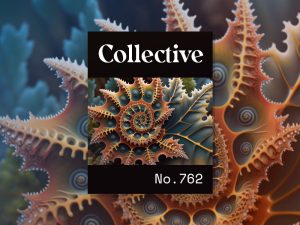Web Designer Teaches Rich Woman A Lesson After She Thought She Could Just Get Away Without Paying
Here you’ll find a story that the designer recently shared on the Malicious Compliance subreddit, detailing how he decided to respond when he wasn’t compensated for building the site.













